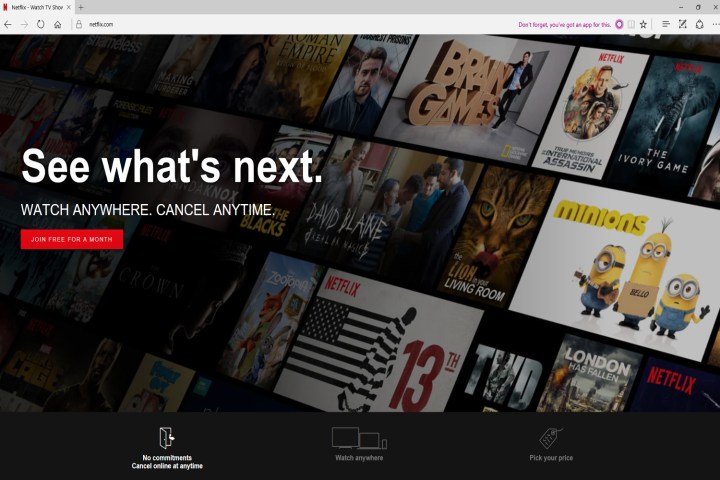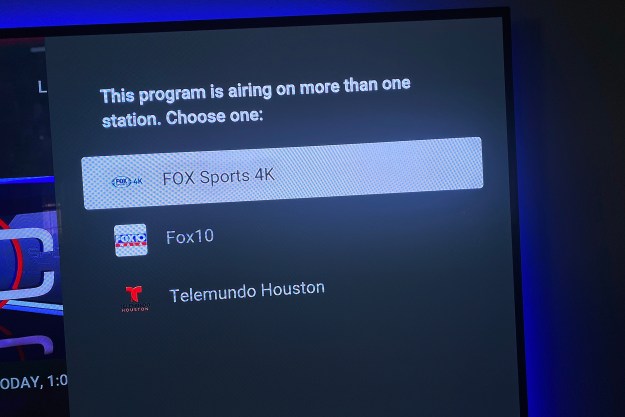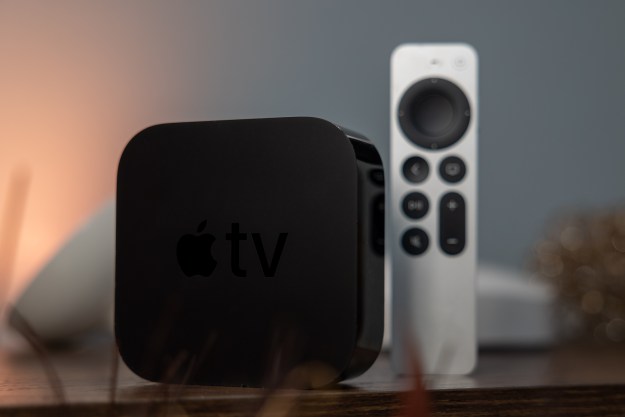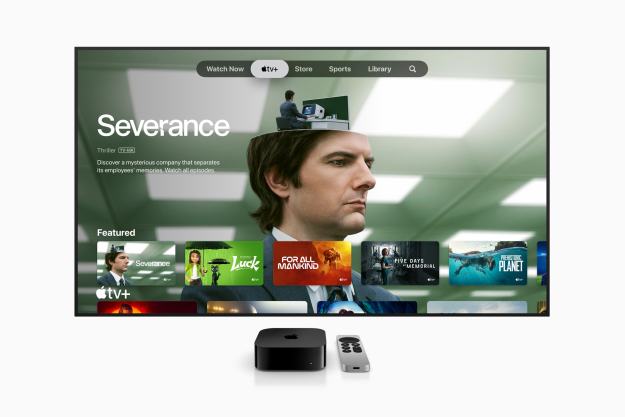
Ruiz-Hopper couldn’t make this announcement without a little Google Chrome bashing, of course. According to the post, Windows 10 laptop and 2-in-1 owners streaming Netflix through Microsoft Edge will have the ability to watch “at least” one more episode of Gilmore Girls on a single battery charge than if they were streaming the same content through Google’s browser. Ouch.
However, there’s a catch outside the Microsoft Edge and display requirements for enjoying Netflix in 4K. Ruiz-Hopper points out that the Windows 10 device must have a seventh-generation “Kaby Lake” processor from Intel, which isn’t even revealing its new desktop CPU lineup until the end of the year. Because of this limit, there are only a handful of Windows 10 devices that quality, such as the Lenovo Yoga 910.
Microsoft actually provides a list of devices that support 4K content here, but some of these don’t have a seventh-generation processor, but rather the previous “Skylake” generation of chips instead. Thus, the device may be able to handle 4K video playback, but not necessarily a
Customers currently looking for a new Windows 10 laptop or 2-in-1 device may want to check out Microsoft’s huge online sale starting at 12 a.m. ET on Thanksgiving Day — Thursday, November 24. Unfortunately, the Windows 10 PCs Microsoft has on sale are based on sixth-generation Intel processors: there’s no Kaby Lake in sight. Thus, consumers wanting a device right now that’s packed with a seventh-generation CPU should hunt one down with the Core i7-7Y75 or the Core i7-7500U, and a display capable of a 3,840 × 2,160 resolution on top of that.
Those who are thinking about subscribing to Netflix and streaming its contents in 4K should take a peek at Netflix’s internet service provider (ISP) speed index for October 2016. The report provides a diagram showing which ISP delivers Netflix streams the fastest across the world, displaying the numbers for five different ISP types: Fiber, Cable, DSL, Satellite, and Wireless.
Here in the United States, Bright House ranked as the No. 1 cable-based internet provider in October with an average speed of 3.66 megabits per second (Mbps). Following that service provider was Optimum (3.65Mbps), Cox (3.60Mbps), Comcast (3.57Mbps), Charter (3.54Mbps), Time Warner Cable (3.54Mbps), Mediacom (3.47Mbps), and Suddenlink (3.41Mbps).
Outside the cable market, Verizon’s fiber-based FiOS service not only topped its specific category, but the entire ISP chart for October with 3.69Mbps followed by AT&T’s U-verse (3.46Mbps) and Frontier (2.94Mbps). The DSL version of Frontier ruled the DSL chart for October with AT&T, Windstream, Verizon, and CenturyLink trailing behind.
Editors' Recommendations
- What we want to see from the next Apple TV 4K
- If you don’t see CBS in 4K on YouTube TV, try this
- Vizio’s new Quantum 4K QLED TVs hit 75 inches for $699
- YouTube TV finally gets the 4K Plus plan’s price right
- Asus’ 4K, 32-inch mini-LED gaming monitor might hit the perfect sweet spot


